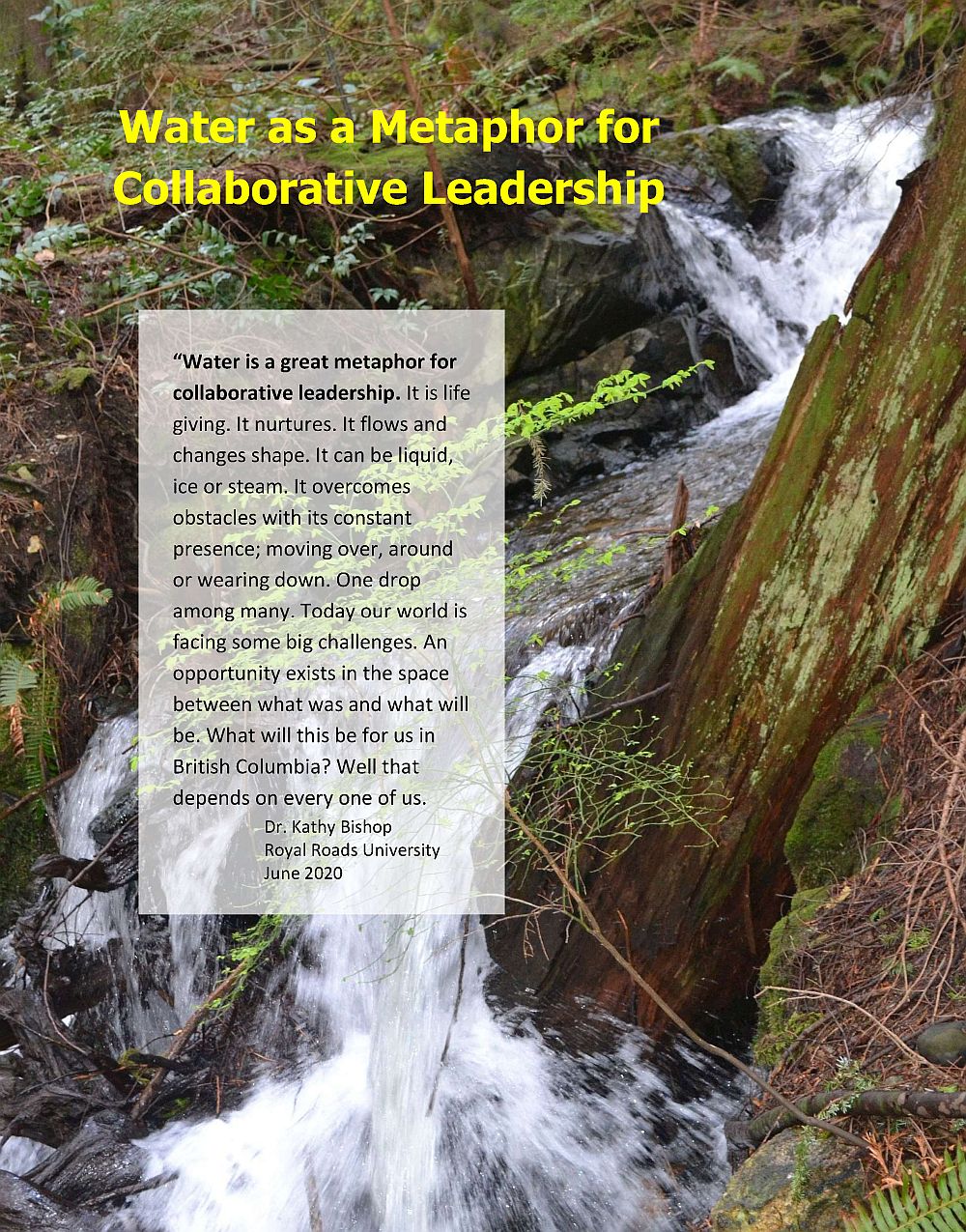ARTICLE: “An outcome of relationship building by MABRRI is that the process connects VIU students to regional project partners. As a result, we gain valuable research and work experience,” stated Ariel Verhoeks, graduate student, when commenting on how the Mount Arrowsmith Biosphere Region Research Institute, located at Vancouver Island University, is collaborating with the Partnership for Water Sustainability (Waterbucket eNews, January 2021)
NOTE TO READER:
The edition of Waterbucket eNews published on January 19, 2021 featured the Mount Arrowsmith Biosphere Region Research Institute (MABRRI), located at Vancouver Island University in the City of Nanaimo, British Columbia. MABRRI connects people and nature through community-based, student-led research and education on Vancouver Island. MABRRI is collaborating with the Partnership for Water Sustainability in British Columbia to involve students in program delivery for EAP, the Ecological Accounting Process, and thus provide them with experience that would benefit them in their future careers.
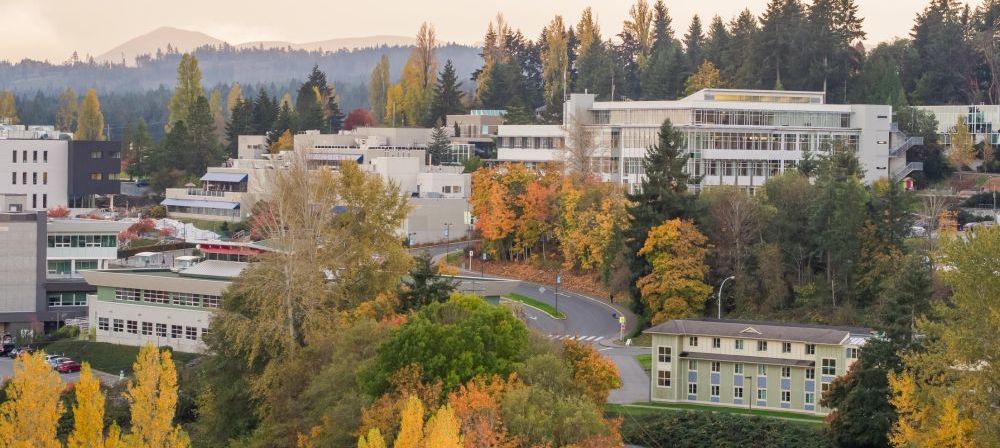
Nanaimo Campus, Vancouver Island University – home of MABRRI
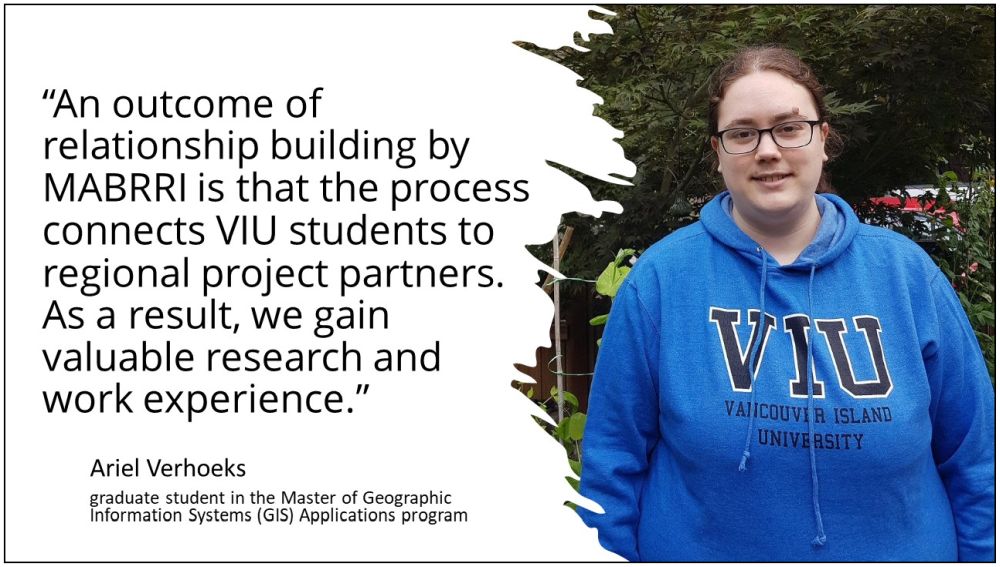
Collaborate to Expand Capacity for Action
“The EAP philosophy, methodology and metrics recognize the importance of a stream system in the landscape,” stated Tim Pringle, EAP Chair. “The Partnership’s vision is to nest EAP within a university program for training the next generation of land use professionals. We see this as a key element of mainstreaming EAP. It is insufficient just to develop a philosophy, methodology and metrics as we have done with EAP. To make a difference over time, EAP must be part of the educational curriculum for those who aspire to work in the local government setting.”
“We saw a natural fit with MABRRI and the Master of Community Planning Program at VIU. MABRRI seeks to be a centre for collaborative research, innovation and knowledge-sharing that will elevate the relationship between people and nature. We view student involvement as a foundational piece for advancing EAP as a self-help way of doing business in the local government setting. We have worked with MABRRI’s Graham Sakaki to involve graduate and undergraduate students in the EAP program as research assistants. They carry out core tasks which are critical to program success.”
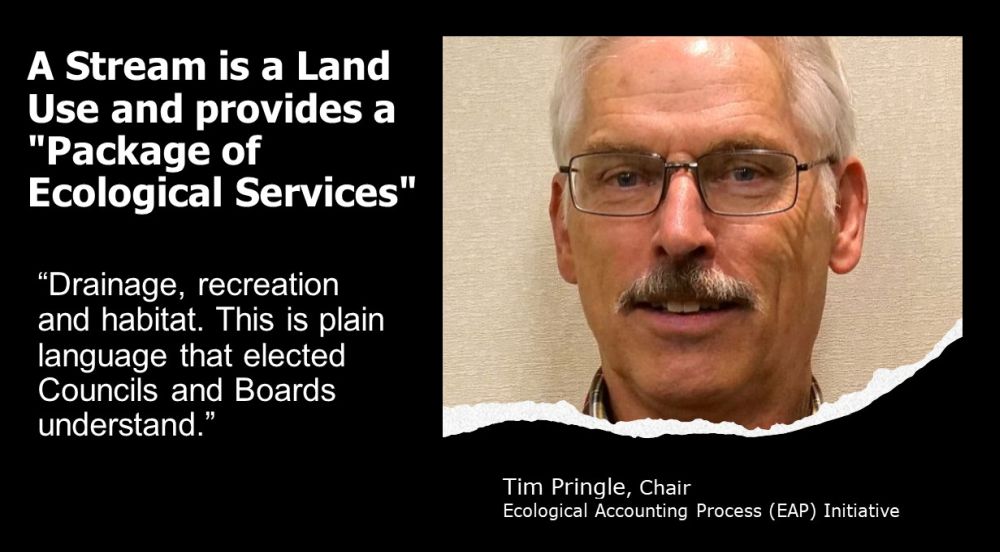
Two-Way Benefits
“Because MABRRI establishes meaningful partnerships that encourage involvement of students attending Vancouver Island University, research projects benefit from the interdisciplinary strengths of students,” observed Ariel Verhoeks, a graduate student in the Master of Geographic Information Systems (GIS) Applications program. Ariel is currently making a substantial contribution to the EAP program. She provides technical support for Tim Pringle and oversees tasks undertaken by other students.
“Collaboration is mutually beneficial. We students benefit because the projects provide us with research experience that is relevant to us. An outcome of relationship building by MABRRI is that the process connects VIU students to regional project partners. As a result, we gain valuable research and work experience.”
TO LEARN MORE:
To read the complete article, download a PDF copy of Living Water Smart in British Columbia: Training Next Generation of Land Use Professionals.

About the Partnership for Water Sustainability in BC
Incorporation of the Partnership for Water Sustainability in British Columbia as a not-for-profit society on November 19, 2010 was a milestone moment. Incorporation signified a bold leap forward. The Partnership evolved from a technical committee in the 1990s, to a “water roundtable” in the first decade of the 2000s, and then to a legal entity. The Partnership has its roots in government – local, provincial, federal.
The umbrella for Partnership initiatives and programs is the Water Sustainability Action Plan for British Columbia. In turn, the Action Plan is nested within Living Water Smart, British Columbia’s Water Plan. Released in 2008, Living Water Smart was the provincial government’s call to action, and to this day transcends governments.
Conceptual Framework for Inter-Generational Collaboration
Technical knowledge alone is not enough to resolve water challenges facing BC. Making things happen in the real world requires an appreciation and understanding of human behaviour, combined with a knowledge of how decisions are made. It takes a career to figure this out.
The Partnership has a primary goal, to build bridges of understanding and pass the baton from the past to the present and future. To achieve the goal, the Partnership is growing a network in the local government setting. This network embraces collaborative leadership and inter-generational collaboration.
Application of Experience, Knowledge and Wisdom
The Partnership believes that when each generation is receptive to accepting the inter-generational baton and embracing the wisdom that goes with it, the decisions of successive generations will benefit from and build upon the experience of those who went before them.
The Partnership leadership team brings experience, knowledge, and wisdom – a forceful combination to help collaborators reach their vision, mission, and goals for achieving water sustainability. When they are successful, the Partnership is successful.
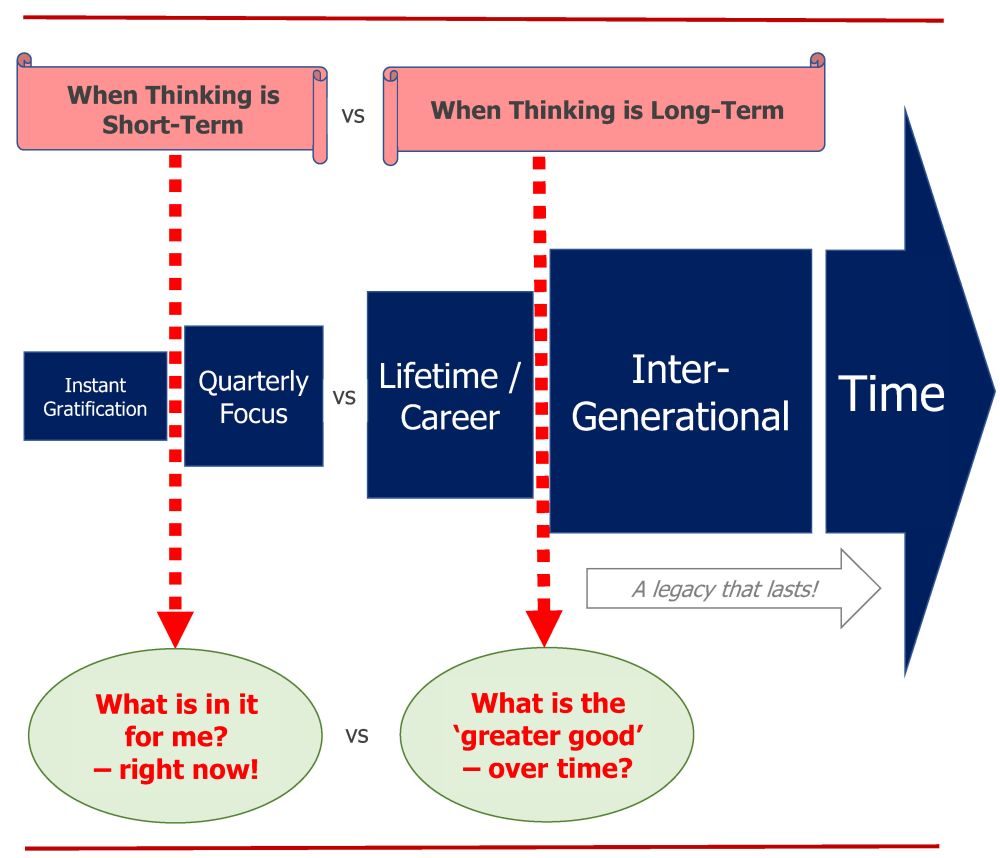
The Time Continuum graphic (above) conceptualizes the way of thinking that underpins the inter-generational mission of the Partnership for Water Sustainability. Influence choices. Capitalize on the REACHABLE and TEACHABLE MOMENTS to influence choices.
TO LEARN MORE, VISIT: https://waterbucket.ca/about-us/
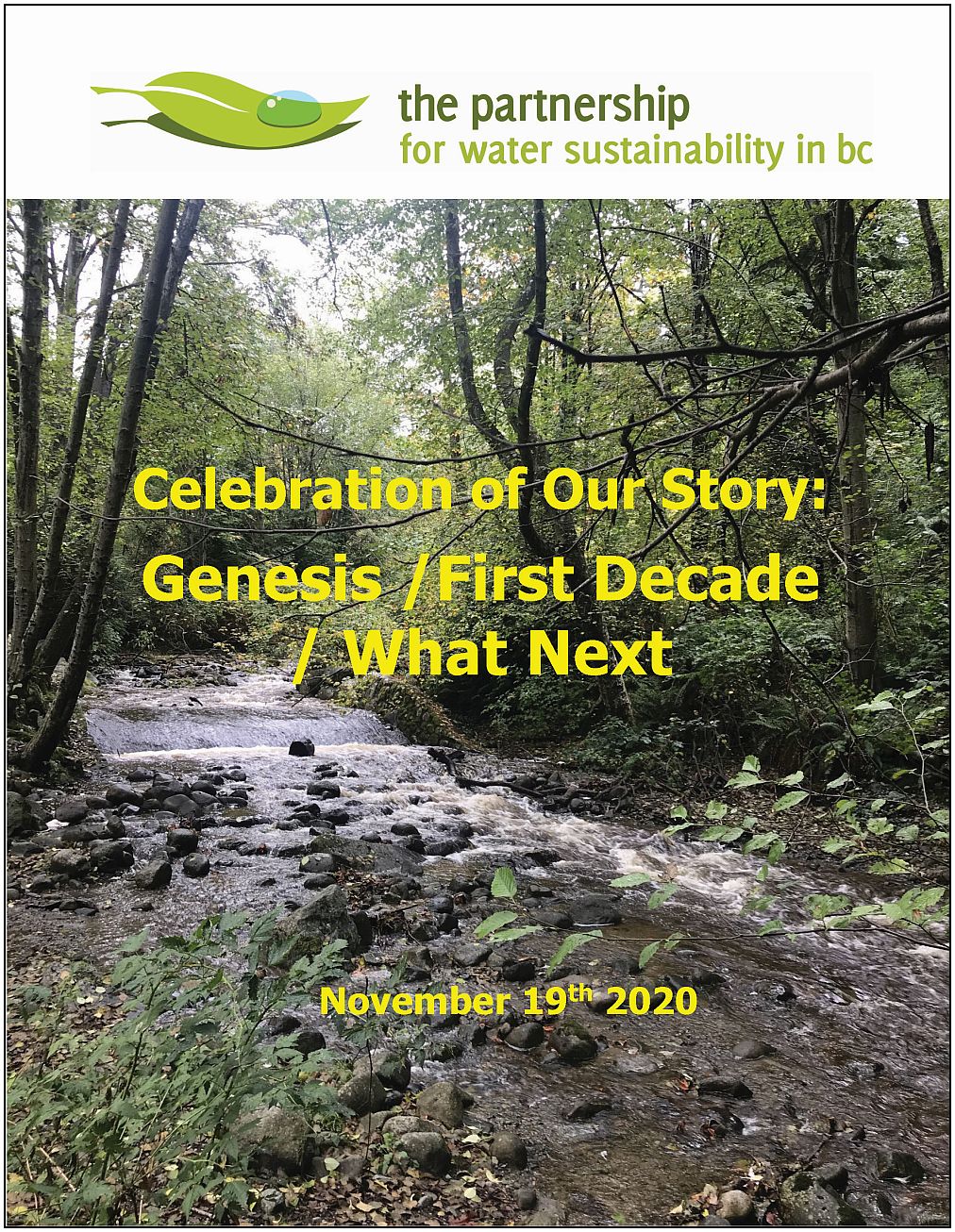
DOWNLOAD: https://waterbucket.ca/atp/wp-content/uploads/sites/9/2020/11/PWSBC_Story-of-First-Decade_Nov-2020.pdf


